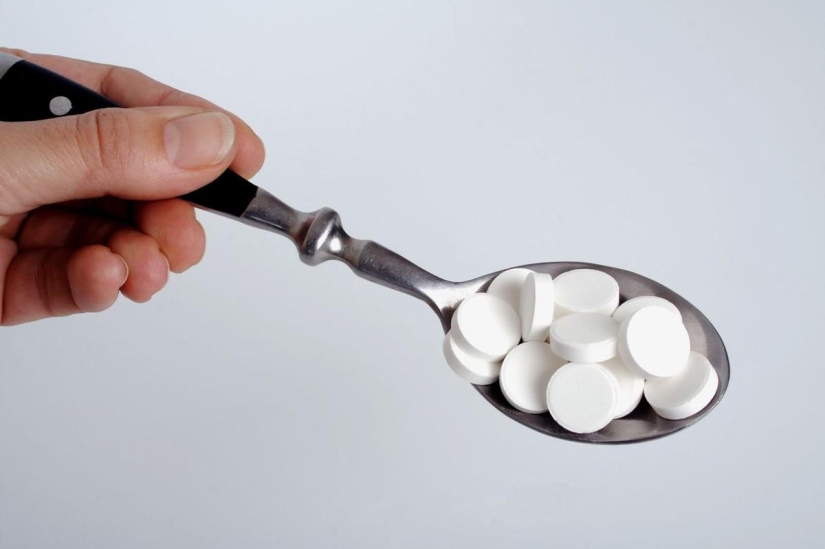Ten scientific discoveries that happened by accident
In 1928, the English bacteriologist Alexander Fleming conducted a routine experiment to study the human body’s defense against infectious diseases. As a result, quite by accident, he found out that ordinary mold synthesizes a substance that destroys infectious agents, and discovered a molecule that he called penicillin.
And on September 13, 1929, at a meeting of the Medical Research Club at the University of London, Fleming presented his discovery.

Not all scientific discoveries were made after lengthy experiments and grueling reflection. Sometimes researchers came to completely unexpected results, very different from those expected. And the result turned out to be much more interesting: for example, in search of the philosopher’s stone in 1669, the Hamburg alchemist Hennig Brand discovered white phosphorus. “Chance, the god-inventor,” as Alexander Pushkin called him, also helped other researchers. We have collected ten such amazing examples.

Raytheon Corporation engineer Percy Spencer was working on a radar project in 1945. While testing the magnetron, the scientist noticed that the chocolate bar in his pocket had melted. This is how Percy Spencer realized that microwave radiation could heat food. That same year, Raytheon Corporation patented the microwave oven.

Out of curiosity, in 1895, Wilhelm Roentgen placed his hand in front of a cathode ray tube and saw its image on a photographic plate, allowing him to examine almost every bone. This is how Wilhelm Roentgen discovered the method of the same name.

Actually, Konstantin Fahlberg studied coal tars. One day (his mother, apparently, did not teach him to wash his hands before eating) he noticed that for some reason the bun seemed very sweet to him. Returning to the laboratory and tasting everything, he found the source. In 1884, Fahlberg patented saccharin and began its mass production.

In 1956, Wilson Greatbatch was developing a device that recorded heartbeats. By accidentally installing the wrong resistor into the device, he discovered that it was producing electrical impulses. This is how the idea of electrical stimulation of the heart was born. In May 1958, the first pacemaker was implanted in a dog.

Initially, lysergic acid diethylamide was planned to be used in pharmacology (hardly anyone now remembers exactly how). In November 1943, Albert Hoffman experienced strange sensations while working with a chemical. He described them as follows: “I observed a very bright light, streams of fantastic images of unreal beauty, accompanied by an intense kaleidoscopic array of colors.” So Albert Hoffman gave the world a dubious gift.

After leaving a colony of staphylococcus bacteria in a Petri dish for a long time, Alexander Fleming noticed that the resulting mold prevented the growth of some bacteria. Chemically, the mold was a type of fungus, Penicillium notatum. So in the 40s of the last century, penicillin was discovered - the world's first antibiotic.

Pfizer was working to develop a new drug to treat heart disease. After clinical trials, it turned out that in this case the new medicine does not help at all. But there is a side effect that no one expected. This is how Viagra appeared.

While working with nitroglycerin, which was extremely unstable, Alfred Nobel accidentally dropped the test tube from his hands. But there was no explosion: the nitroglycerin spilled out and was absorbed into the wood shavings that covered the floor of the laboratory. So the future father of the Nobel Prize understood: nitroglycerin must be mixed with an inert substance - and he got dynamite.

The carelessness of another scientist allowed him to make another discovery. The Frenchman Edouard Benedictus dropped a test tube containing a solution of cellulose nitrate on the floor. It crashed, but didn't break into pieces. Cellulose nitrate became the basis for the first safety glass, which is now essential in the automotive industry.

Charles Goodyear once poured nitrous acid onto rubber to discolor it. He noticed that after this the rubber became much harder and at the same time more flexible. After reflecting on the result and improving the method, Charles Goodyear patented it in 1844, naming it after Vulcan, the ancient Roman god of fire.
Recent articles

Most of us loved as kids magic tricks, but someone loves them right now. However, the attitude to the hoax became a few others ...

Everything is changing. This is well and has long been known to everyone. But when something stays with you for a long time, it is ...

Compared to the 1970-ies 1980‑e years were a time of cautious optimism in new York. Boom on wall street fueled the speculative ...